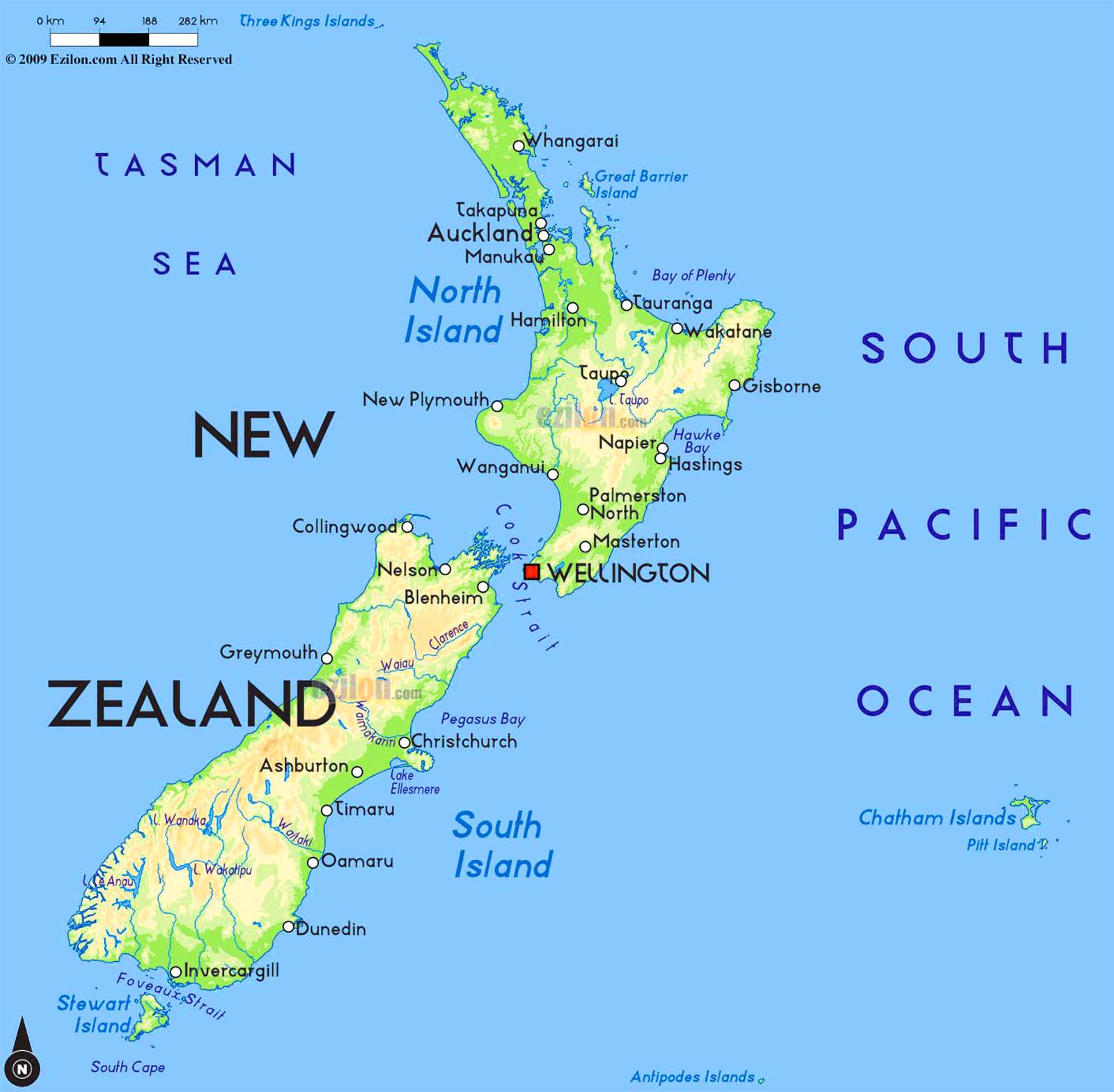NZ Manufacturing PMI contracts
The New Zealand dollar has edged higher on Friday. The currency yawned as New Zealand’s Manufacturing PMI fell into contraction territory in June, for the first time since August 2021, during the last national lockdown in the country. The PMI slipped to 49.7, down from 52.6 in May. A reading above 50.0 points to expansion. Manufacturers highlighted the usual suspects affecting the sector – worker shortages and supply chain disruptions. The contraction adds to concerns about the economic outlook, as the RBZN moves ahead with an aggressive rate-tightening cycle.
As expected, the Reserve Bank of New Zealand raised rates by 0.50% earlier in the week, bringing the cash rate to 2.50%. The New Zealand dollar responded with a mere shrug, indicative of the move being priced in by the markets. It wasn’t all that long ago that a 50bp increase was considered a massive move and grabbed the headlines, but now such moves from central banks barely raise an eyebrow, as was the case with the RBNZ decision. With central banks raising rates fast and furiously in order to curb runaway inflation, large rate hikes have become the norm.
The week wraps up with US retail sales later today. This release is always important and will be closely watched as the Fed must decide whether to raise rates by 0.75% or 1.00% at the meeting in late July. There was some relief in the financial markets on Thursday after FOMC members Waller and Buller said that they were leaning towards a 0.75% rate hike, but at the same time both members qualified their remarks as being dependent on “incoming data”.
Today’s retail sales certainly fits that bill and if retail sales outperforms, the likelihood of a 1.00% hike will recede, which would be bearish for the US dollar. Conversely, a weak reading will raise the likelihood of a 1.00% move, making the US dollar more attractive to investors.
.
NZD/USD Technical
- NZD/USD is testing resistance at 0.6125. Above, there is resistance at 0.6189
- There is support at 0.6062 and 0.5998
This article is for general information purposes only. It is not investment advice or a solution to buy or sell securities. Opinions are the authors; not necessarily that of OANDA Corporation or any of its affiliates, subsidiaries, officers or directors. Leveraged trading is high risk and not suitable for all. You could lose all of your deposited funds.


